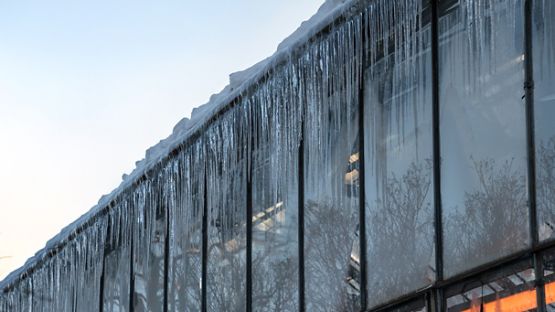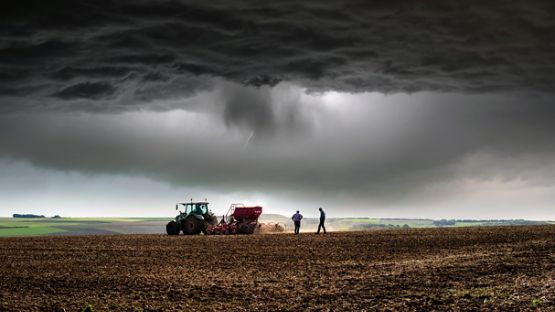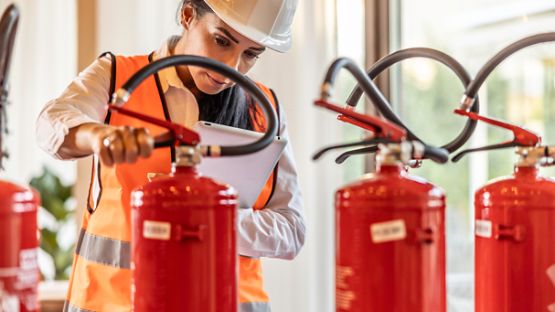How often do you check on the health of your commercial building’s roof? It’s recommended that building managers perform a full visual inspection of the roof at least twice a year—ideally when the weather changes in the fall and spring—as well as after severe weather events. Performing regular roof inspections can help prevent expensive damage. Ongoing roof inspections also allow you to address maintenance issues before they become big problems.
Regular inspections and simple maintenance are required to ensure that your roof lasts for its designed lifespan and beyond. Most building managers are qualified to assess roofs on their own. All you need are clear eyes and a good sense of what the roof and all of its elements should look like.
What issues could you find on a flat roof?
There are a variety of damages and costly problems you could find when conducting a roof inspection. These issues include:
- Ponding: Do you see small or large bodies of water spread out across the roof or concentrated in one area? This could mean rain isn’t draining properly. A few wet spots here or there may not be anything to worry about, but if you see standing accumulations that will not go away it’s time to look at your drainage system to ensure there are no clogs or other problems or call an expert to review the drainage.
- Clogging: Even if you don’t see evidence of ponding, it’s still a good idea to look at the scupper—the outlet in the side of a building that drains water off the roof—and drains to make sure there are no leaves or other debris clogging it. It’s a quick and easy fix to pull out anything you find in the scupper or drain.
- Vegetation growth: Unplanned vegetation growth can destroy a roof over time. If you see weeds or other plant life blooming out of a crack, you need to take immediate action to remove it. As the heat, cold and ice create new and widen existing cracks over time, roots can burrow in and push them open even further.
- Cracks: Cracks appear in the roof are a normal part of wear and tear. It’s important to pay close attention to them to ensure they do not leak and have a certified contractor review them.
- Damage to roof flashing: The thin, galvanized steel border that directs water away from important areas of the roof is strong but not indestructible. Check the entire span of flashing to ensure it hasn’t broken or been damaged. Roof flashing should be flush with the surface of the roof. If you can fit your hand under it, there is likely an issue and it may need to be repaired. If you aren't sure if the roof flashing needs to be repaired, you can contact professional inspectors to inspect the problems.
- Missing gravel: Wondering what happened to all that gravel on the roof since your last inspection? Heavy storms can disperse it around the surface and even blow it off the building. It should be replenished by generously covering any bald or low spots.
- Bubbles: If the plastic rubber membrane that covers the roof has bubbled up or looks damaged or worn, there may be an issue that requires a certified roof inspector to diagnose the problem.
When to bring in certified roofing inspectors to inspect or prevent roof damage
If you find damage on the roof that you can’t easily repair yourself or you’re not sure of the source of the problem, it’s a good idea to bring in a certified roof inspector. Even if you don’t spot any immediate issues, it’s recommended that you get an annual inspection if the roof is nearing the end of its lifecycle, i.e., around 15-25 years, depending on the type of roof.
Resource for roof inspections and regular roof maintenances
Failing to properly maintain your commercial building’s roof could result in costly and inconvenient leaks over time. Regular inspections are critical to ensuring the longevity of your roof.
For more information on what to look for when examining your commercial building roof, check out our Roof inspection checklist, talk to your insurance broker or Aviva’s Risk Management Solutions team at arms.canada@aviva.com.













